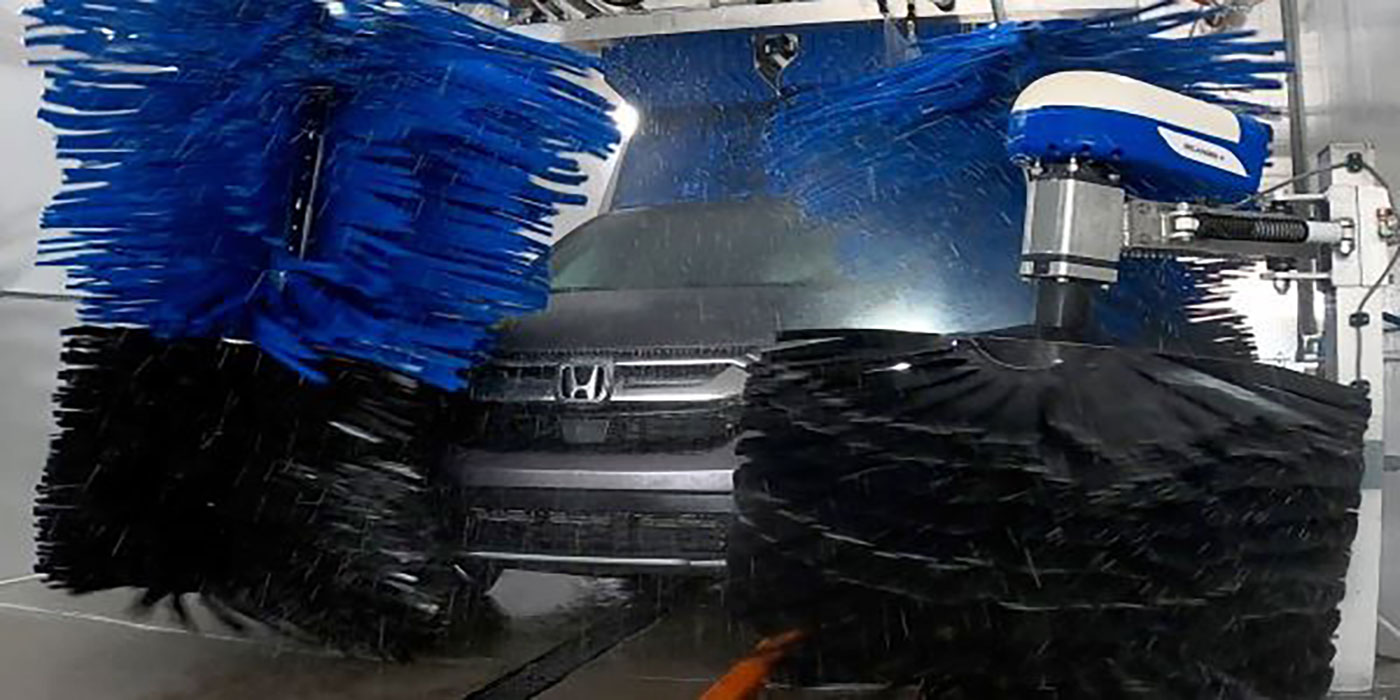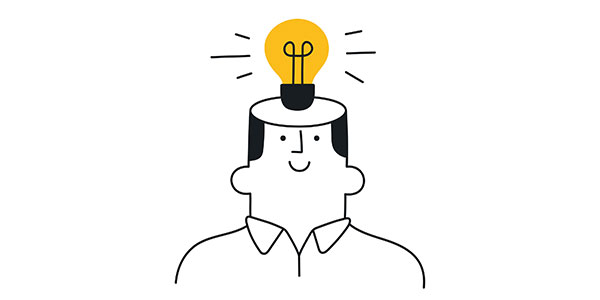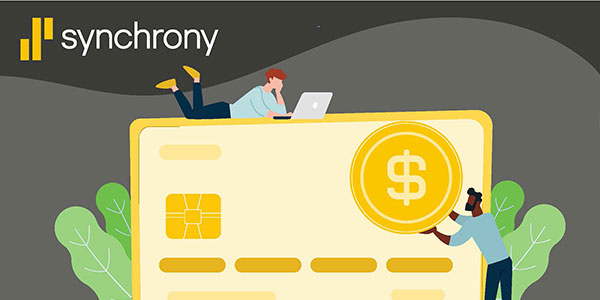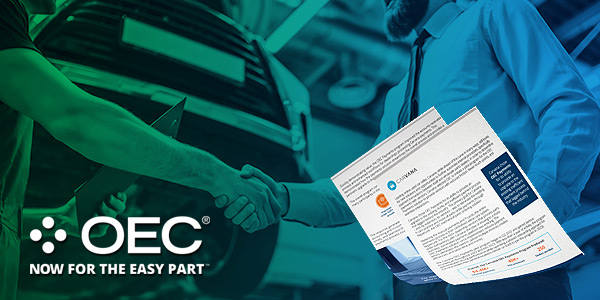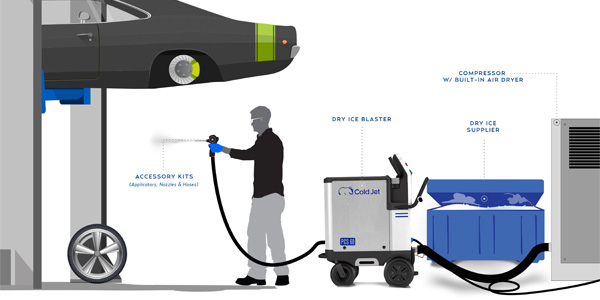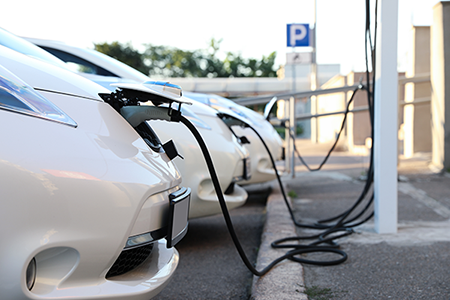It’s no secret that dealers are enjoying record-breaking margins right now. Thanks to the squeeze on new inventory combined with soaring demand as we move into post-pandemic life, it’s never been more common for consumers to have to pay MSRP (or higher) to avoid missing out on a vehicle purchase altogether.
This isn’t inherently a negative thing, either. Profit isn’t a bad word! Any business, automotive retailers included, has the right to try and maximize profits (within reason) to help ensure long-term success.
But the automotive industry is a unique beast, and we have to acknowledge that the way cars are typically sold is not like paying sticker price for a gallon of milk at the grocery store.
For decades, consumers have been conditioned to believe that haggling over price is a normal, routine part of the car-buying experience. They’ve also been conditioned to expect big discounts and incentives on new vehicles, and when those aren’t being offered, they’ve historically had no problem waiting for a better deal.
For a buyer, the seller who won’t budge from MSRP becomes a mortal enemy, a rip-off artist, and so on.
These conditions, however, have gone out the window under the current paradigm of scarcity and surging demand. Because of this, dealers can get away with insisting on MSRP. From their perspective, in a market where four other people will pay MSRP without blinking, they’d be foolish to give the car away under value, especially if inventory shortages mean they don’t know when the next vehicle will arrive.
Again, there’s nothing wrong with maximizing your margins in the short term – especially in an industry as volatile as this one. Dealers never know when the next major disruption that threatens their bottom line will arrive.
But, if you aren’t doing a good job of setting price expectations with your customers, there’s no doubt you’re going to alienate a significant number of them along the way. It’s also worth remembering that neither the inventory shortage nor the increased demand is going to last forever. At some point in the not-too-distant future, things are going to level out again.
When that happens, how many consumers will you have left with a bad taste in their mouth due to your refusal to talk price? Will you find yourself with a smaller customer base than you had pre-pandemic?
Setting Expectations Is Crucial
There is a way to avoid this worst-case scenario, and it has to do with being open, honest, and communicative with your customers. Remember, the average consumer doesn’t care about the minutiae of the chip shortage, how many fewer cars you have on your lot vs. pre-pandemic, or what kind of margins you need to ensure you stay in the black. What they care about is that their expectations for the car-buying experience, formed over a lifetime, are not being met.
It’s up to dealers to explain that:
- Inventory is in such short supply that OEMs can’t offer the deep discounts that they once did.
- No one is sure when the supply issues will be fully resolved.
- The same deal you would have been happy to make a year ago would be a loss for you now.
For your loyal customers, look at their last deal and see if you should offer this advice upfront. In any case, how you handle the situation will ultimately have more impact on the outcome than the price you offer. If they perceive you as greedy or dishonest, that customer will not be back.
Granted, dealers only have so much control over how their actions will be interpreted. If a customer is determined to see you as cheating them, then that relationship probably can’t be salvaged no matter what. But, being proactive in setting expectations will ultimately make a difference in how many customers you retain through this volatile period.
Finally, it shouldn’t come as a surprise that along with price increases, negative reviews of dealerships are also on the rise.1 While the most common reasons range from people upset with the value placed on their trade to people complaining about the monthly payments on MSRP deals, some complaints are completely avoidable.
For example, one recent reviewer was unhappy because he saw a post on the dealership salesperson’s personal Facebook page that read: “Never thought I would see the day where grosses on SUVs would be this great!” Can you imagine what that customer must have thought? Remember, any negative reviews you rack up while making record profits are permanent. They will still be floating around in the digital space long after inventory and demand levels have normalized again.
It’s necessary for your business to make money and you want your employees to be pumped about the work they do, but be discreet and take your victory laps in private. Most importantly, set new expectations now with your loyal customers – before they become loyal to someone else.



